Hydrangeas: The Ultimate Guide To Growing And Caring For These Beautiful Blooms
Hydrangeas are one of the most popular flowering shrubs in the world. They are known for their large, colorful blooms that can be found in a variety of colors, including blue, pink, purple, and white. Hydrangeas are relatively easy to care for, but they do require some special attention in order to thrive.
In this blog post, we will provide an ultimate guide to growing and caring for hydrangeas. We will cover everything from choosing the right location to planting and pruning, as well as tips on how to get the most beautiful blooms.
Choosing the right location
The first step in growing hydrangeas is choosing the right location. Hydrangeas prefer full sun to partial shade, but they can also tolerate full shade in cooler climates. The soil should be moist but well-drained. If you have heavy clay soil, you may need to add some sand or compost to improve drainage.
Planting hydrangeas
The best time to plant hydrangeas is in the spring or fall. When planting, dig a hole that is twice as wide as the root ball. Backfill the hole with soil that has been mixed with compost or peat moss. Water the hydrangea well after planting.
Pruning hydrangeas
Hydrangeas do not require a lot of pruning, but it is important to prune them properly in order to encourage beautiful blooms. The best time to prune hydrangeas is in the spring, just as the new growth begins to emerge.
There are two main types of hydrangeas: bigleaf hydrangeas and panicle hydrangeas. Bigleaf hydrangeas bloom on old wood, so they should be pruned in the spring. Panicle hydrangeas bloom on new wood, so they can be pruned in the fall or winter.
Watering hydrangeas
Hydrangeas need regular watering, especially during hot, dry weather. Water the hydrangea deeply and thoroughly, so that the water reaches the roots.
Fertilize hydrangeas
Hydrangeas only need to be fertilized once a year, in the spring. Use a balanced fertilizer, such as 10-10-10.
Overwintering hydrangeas
Hydrangeas are hardy in most climates, but they may need some protection from cold winter weather. If you live in an area with cold winters, you can mulch the hydrangea with a layer of leaves or straw. You may also need to cover the hydrangea with a burlap sack or other protective covering.
Troubleshooting hydrangea problems
Hydrangeas are relatively problem-free plants, but they can occasionally be affected by pests and diseases. Some common problems include:
- Leaf spot: This is a fungal disease that causes brown spots on the leaves.
- Scale: This is an insect pest that can suck the sap from the leaves.
- Pests: Hydrangeas can also be affected by aphids, spider mites, and other insects.
If you notice any problems with your hydrangeas, it is important to identify the problem and take steps to correct it.
Conclusion
Hydrangeas are beautiful and easy-to-care-for plants that can add a touch of elegance to any garden. By following the tips in this blog post, you can enjoy beautiful hydrangea blooms for years to come.
Hydrangeas are beautiful flowering shrubs that come in a variety of colors, shapes, and sizes. They are a popular choice for gardens and landscaping, and they can also be grown indoors.
If you are interested in learning more about hydrangeas, I recommend visiting the . This website is a comprehensive resource for all things hydrangea, including information on different species, care tips, and growing guides.
The website also has a forum where you can ask questions and get help from other hydrangea enthusiasts. So whether you are a beginner or a seasoned pro, you are sure to find something helpful on the .
FAQ of hydrangea sp
1. What are the different types of hydrangeas?
There are over 70 species of hydrangea, but the most common types are:
- Hydrangea macrophylla: These are the bigleaf hydrangeas, and they are known for their large, showy flowers. The flower color can vary depending on the soil pH, with acidic soil producing blue flowers and alkaline soil producing pink flowers.

- Hydrangea paniculata: These are the panicle hydrangeas, and they are known for their tall, conical flower clusters. The flower color is usually white or cream, but it can also be pink or purple.
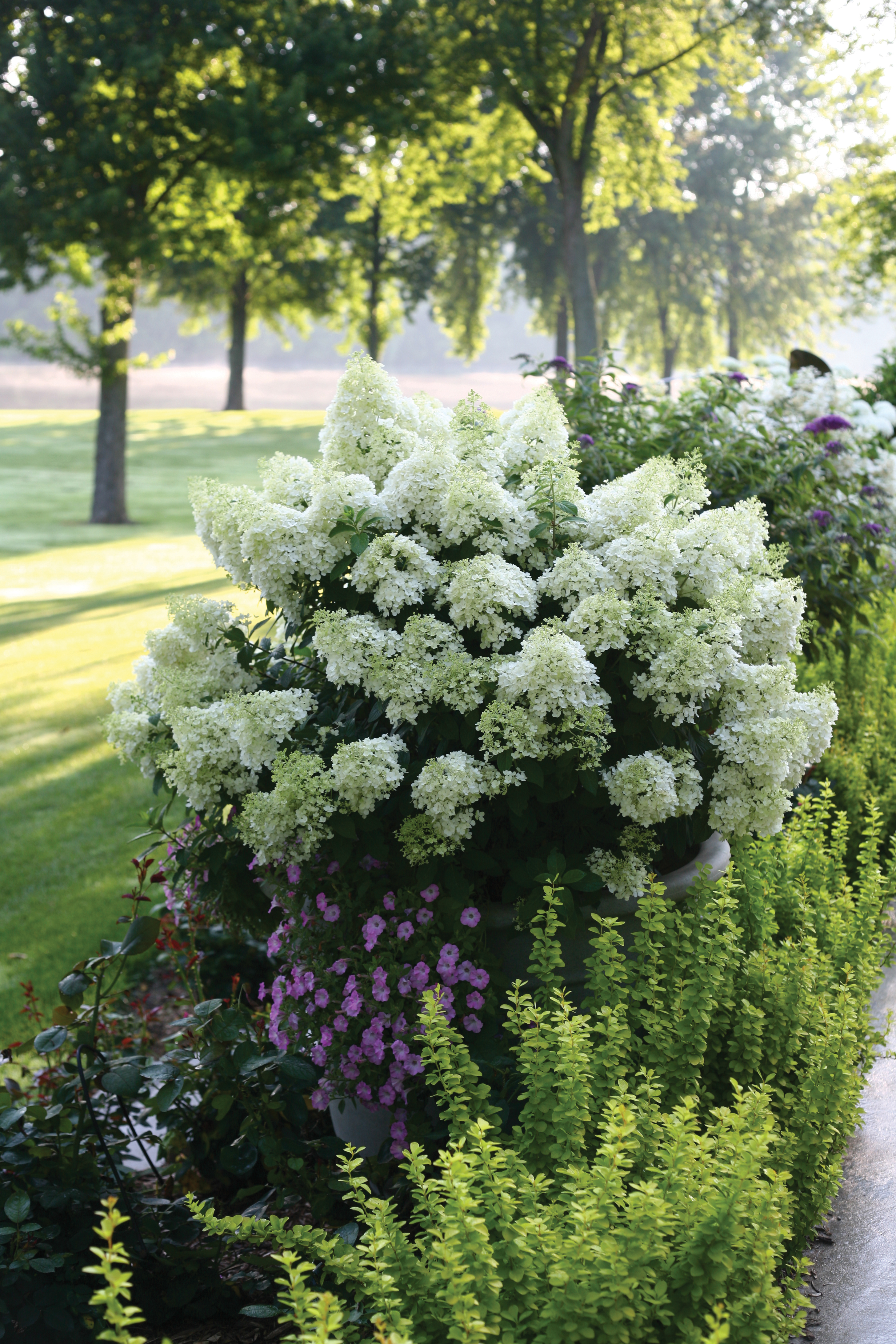
- Hydrangea arborescens: These are the smooth hydrangeas, and they are known for their small, white flowers. They are a good choice for colder climates.
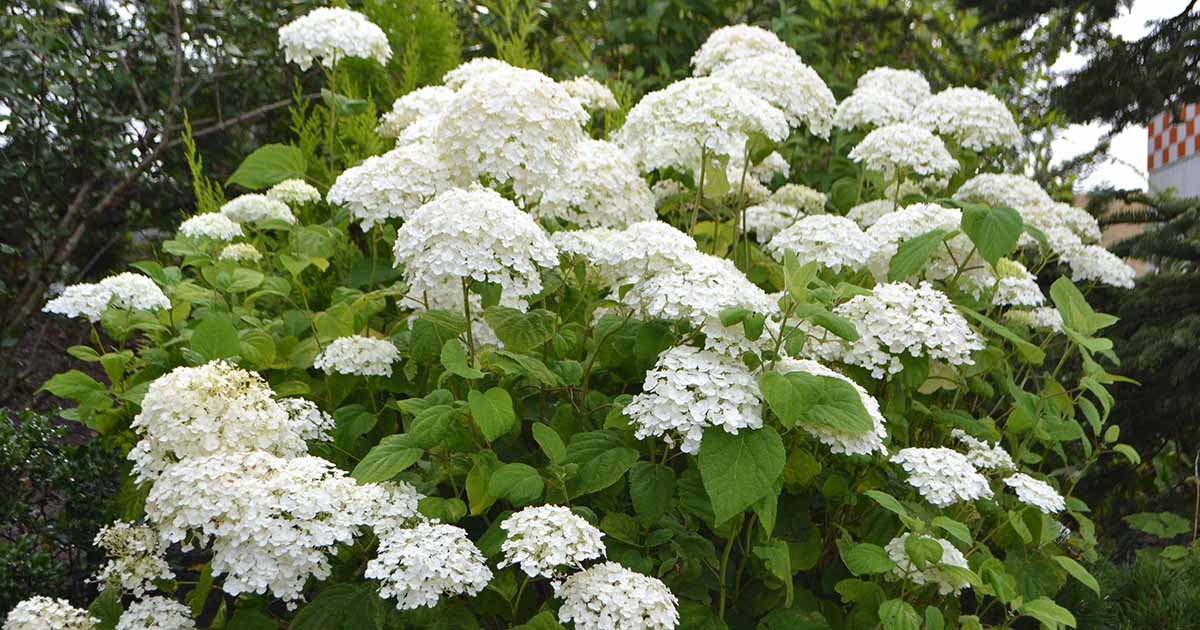
- Hydrangea serrata: These are the lacecap hydrangeas, and they are known for their delicate, lace-like flowers. The flower color can vary depending on the soil pH, with acidic soil producing blue flowers and alkaline soil producing pink flowers.

2. How do I care for hydrangeas?
Hydrangeas are relatively easy to care for, but they do need some special attention. Here are some tips:
- Plant hydrangeas in a spot that gets full sun or partial shade.
- Water hydrangeas regularly, especially during hot, dry weather.
- Fertilize hydrangeas in the spring with a balanced fertilizer.
- Deadhead hydrangeas regularly to encourage new blooms.
- Protect hydrangeas from frost in colder climates.
3. How do I change the color of hydrangea flowers?
The color of hydrangea flowers can be changed by adjusting the soil pH. In acidic soil, hydrangea flowers will be blue. In alkaline soil, hydrangea flowers will be pink. You can change the soil pH by adding sulfur to acidic soil or lime to alkaline soil.
4. What are some common problems with hydrangeas?
Some common problems with hydrangeas include:
- Leaf scorch: This is caused by hot, dry weather.
- Leaf spot: This is a fungal disease that can cause brown spots on the leaves.
- Pests: Hydrangeas can be susceptible to pests such as aphids, scale, and spider mites.
5. How do I propagate hydrangeas?
Hydrangeas can be propagated by taking cuttings, dividing the roots, or layering.
Image of hydrangea sp
A large, deciduous shrub with panicles of creamy white flowers that turn lime green in the fall.
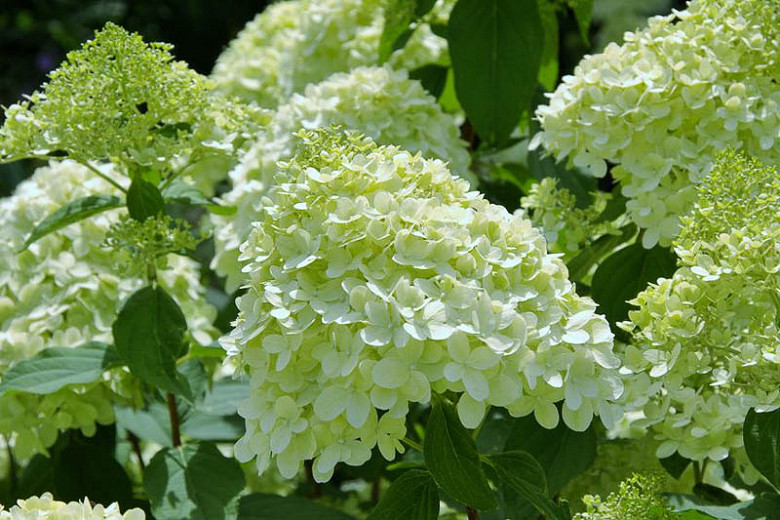
A popular variety of hydrangea that blooms from early summer to fall. The flowers can be blue, pink, or white, depending on the soil pH.
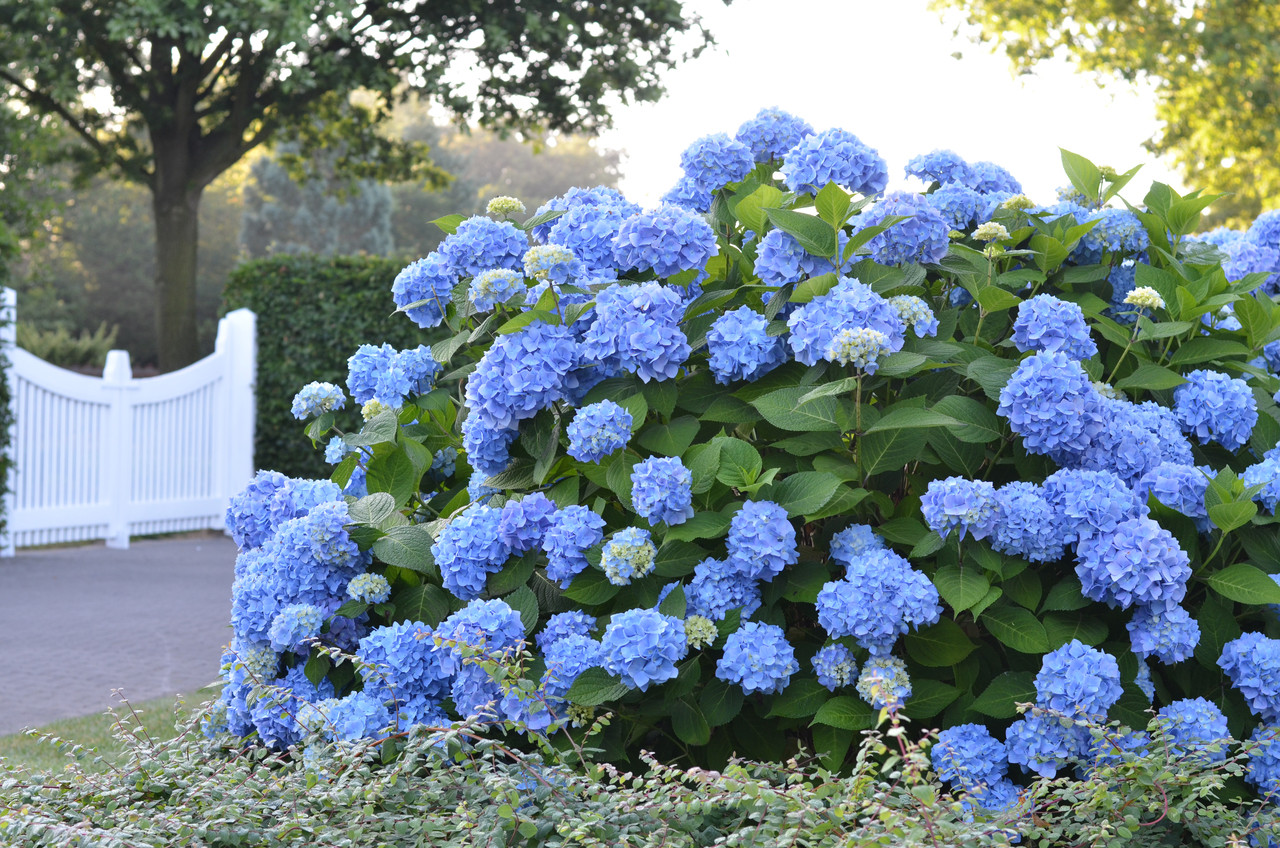
A large, deciduous shrub with large, ball-shaped flowers that are white or pale pink.
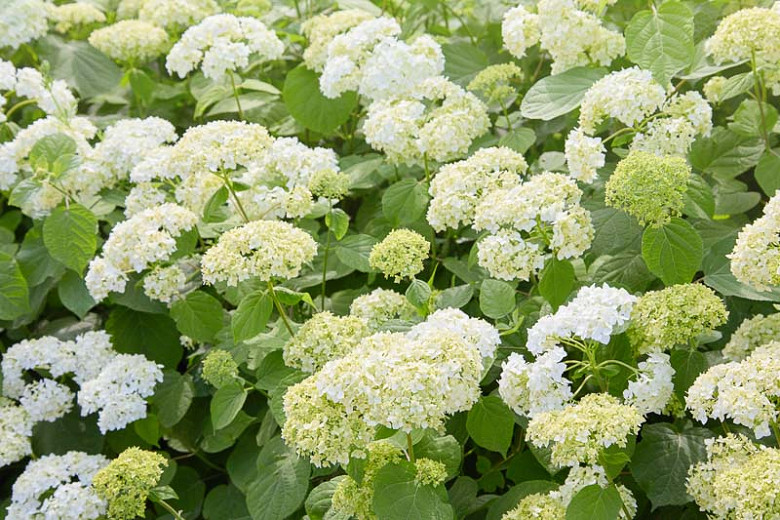
A large, deciduous shrub with oak-shaped leaves and panicles of blue or pink flowers.
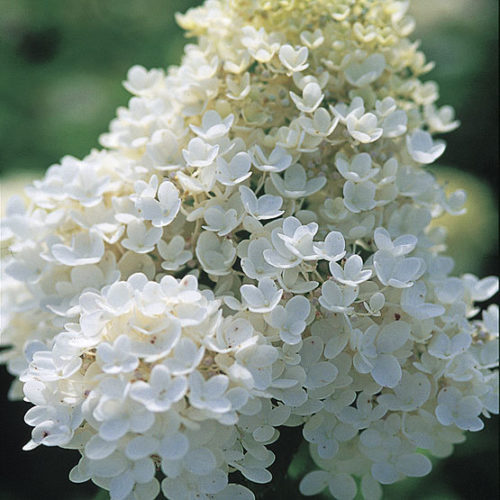
A small, deciduous shrub with blue or pink flowers that bloom in late spring to early summer.
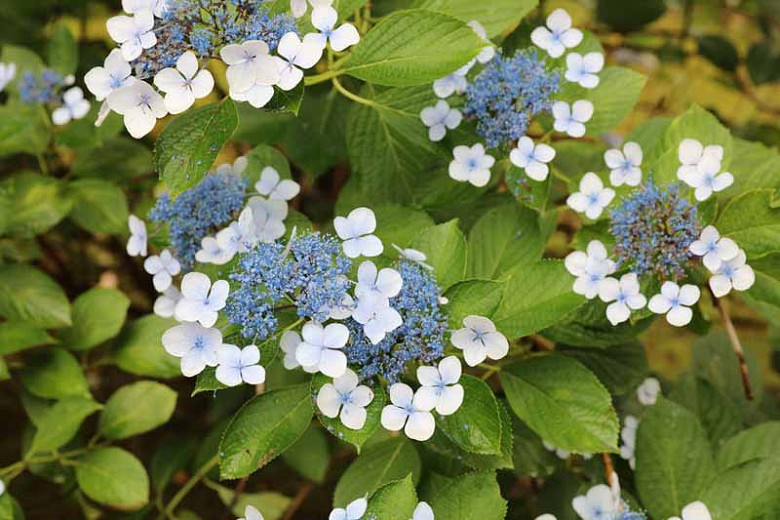

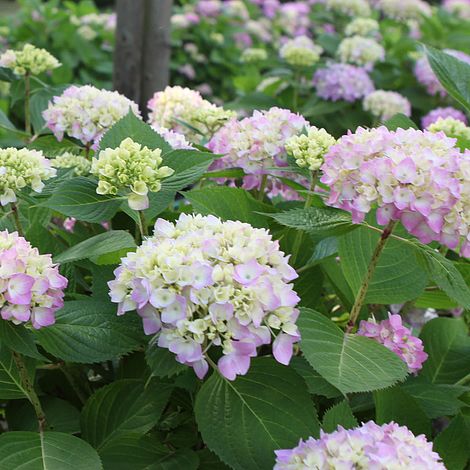
Post a Comment for "Hydrangeas: The Ultimate Guide To Growing And Caring For These Beautiful Blooms"